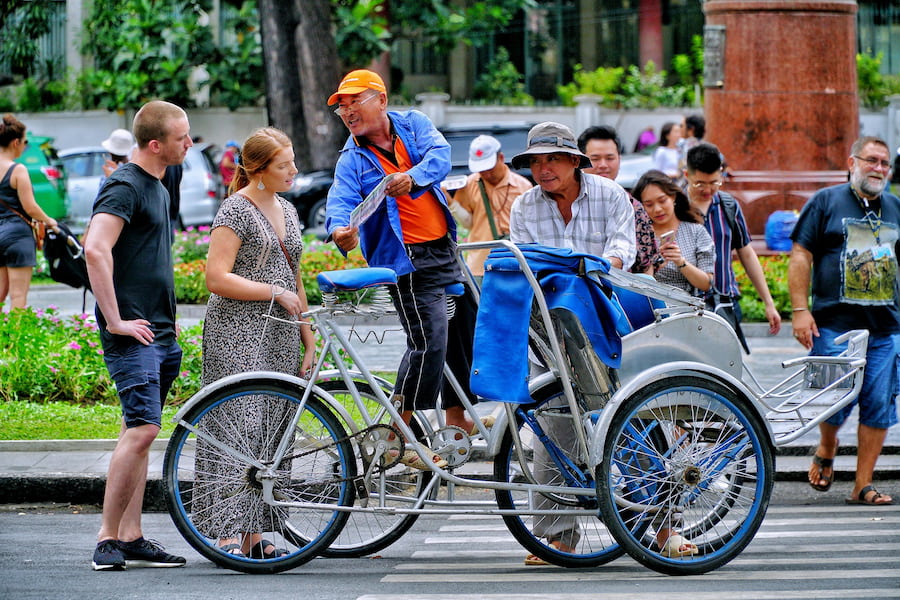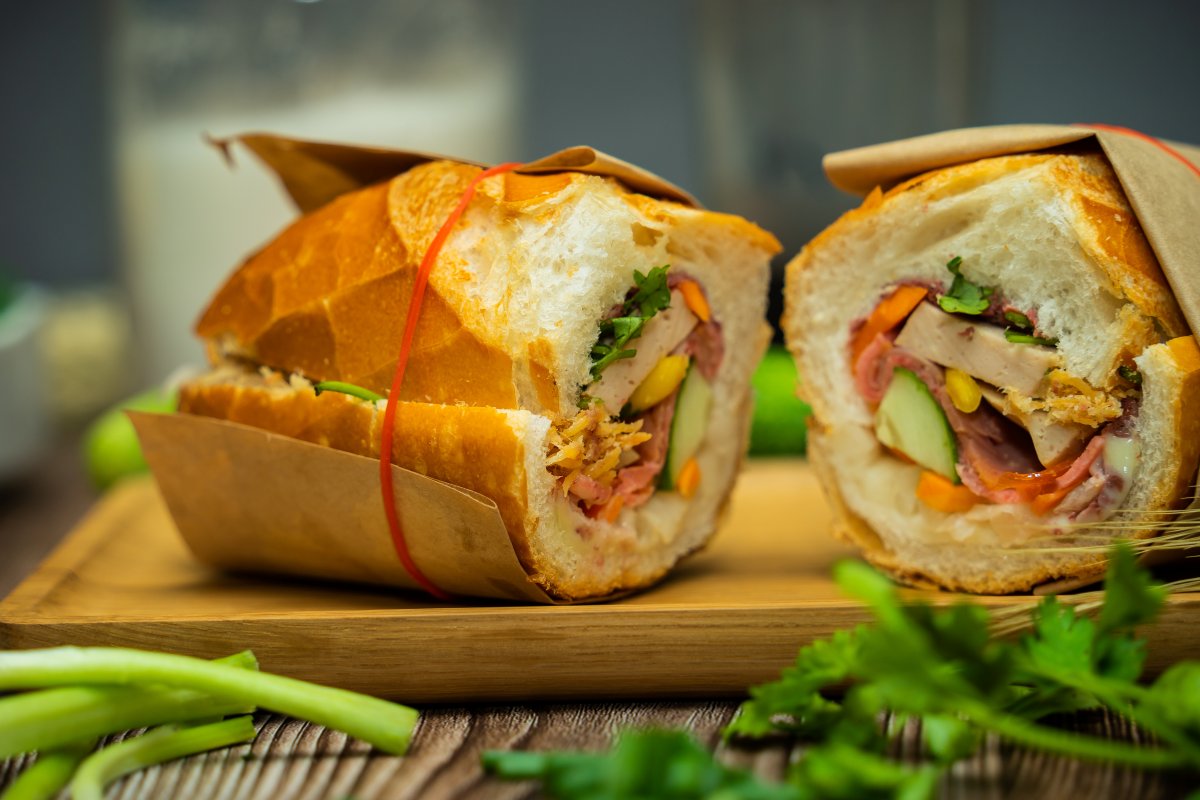This is the second instalment in a three-part series on AI's impact on Vietnam's tourism sector, written by Dr Nuno F. Ribeiro, Senior Lecturer in Tourism and Hospitality Management at RMIT University Vietnam. Read the first article here.
Vietnam's tourism industry has made remarkable strides since COVID-19, with international arrivals near pre-pandemic levels. However, a critical challenge persists: the country's international tourist revisit rate remains low, hovering below 10 per cent, in contrast with countries such as Malaysia and Thailand.
More than a quarter (28 per cent) of travellers who visited Thailand in 2023 said they intend to return over the next 12 months. For cultural tourists (a market segment that Vietnam aims to attract), intention to revisit is even greater, at 59.42 per cent.
The reasons for this disparity are complex. They can include anything from the attractiveness of destinations to the convenience of transportation, human resource training, cultural and language barriers, the quality of accommodation, and the availability of tourism infrastructure.
Among the factors, there are four important areas where AI can emerge as a powerful tool to address existing challenges: tackle language barriers, bridge cultural gaps, enhance service quality, and elevate the tourist experience.
1. Overcoming the language barrier with AI-powered translation
The Vietnamese language, with its complex tonal system, unique script, and distinct grammar, presents a challenge for most international visitors. Outside of major tourist hubs, tourists might have trouble communicating or navigating without a command of the local language. This linguistic hurdle extends beyond mere communication difficulties, leading to cultural misunderstandings and a sense of disconnect from local experiences.
Advanced AI translation tools can significantly reduce language barriers via:
- Real-time neural machine translation: Utilising deep learning models, these systems can provide near-instantaneous, context-aware translations between Vietnamese and numerous languages. This technology can be integrated into mobile apps, wearable devices, and even augmented reality (AR) glasses, allowing for seamless communication in various settings.
- Multimodal translation: AI systems that combine visual and audio inputs can translate not just spoken language, but also text on signs, menus, and documents. This helps tourists navigate and understand their surroundings more effectively.
- Cultural nuance detection: Advanced AI models can be trained to recognise and explain cultural nuances in language, helping tourists understand subtle meanings, idioms, and context-dependent expressions that are crucial for deeper cultural engagement.
Some of these AI tools are already under development in Vietnam. For example, the Information Technology Institute under the Vietnam Academy of Science and Technology has developed AI-based advanced machine translation technology that translates from Vietnamese to regional languages including Lao, Khmer, Thai, Malay and Indonesian, and vice versa, as well as English.
In another example, the Samsung Research & Development Institute Vietnam (SRV) has successfully trained its AI model to recognise even the most subtle differences in the Vietnamese language, with great potential for tourism development.






